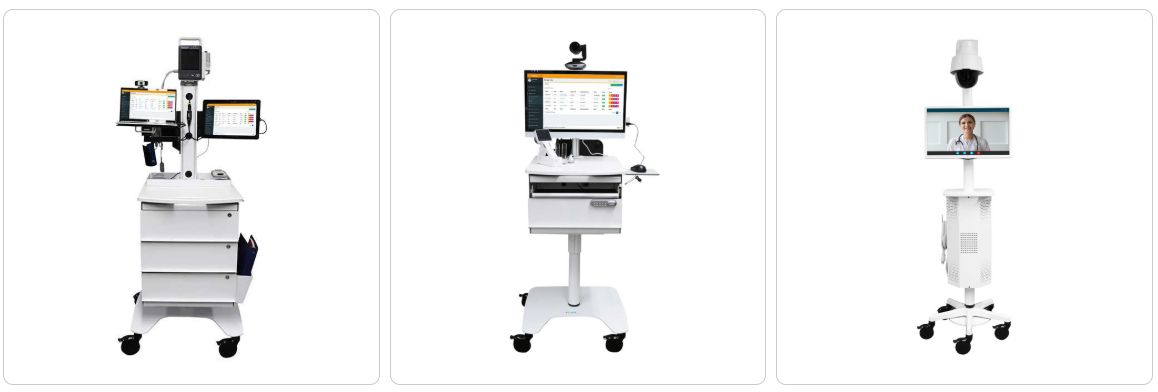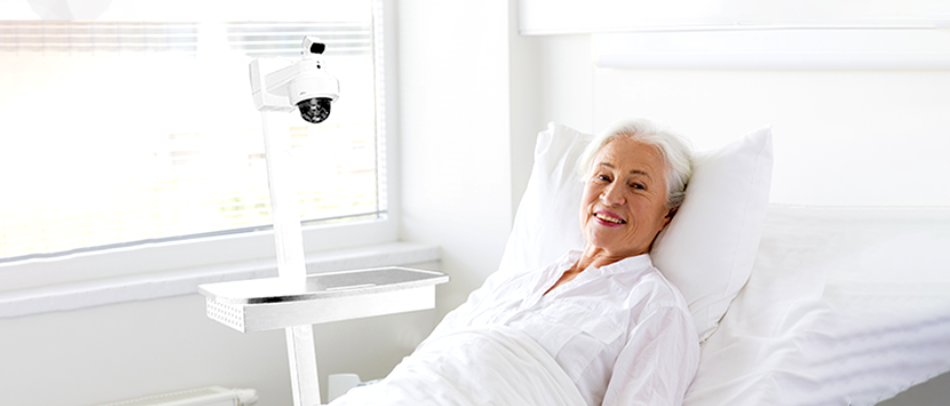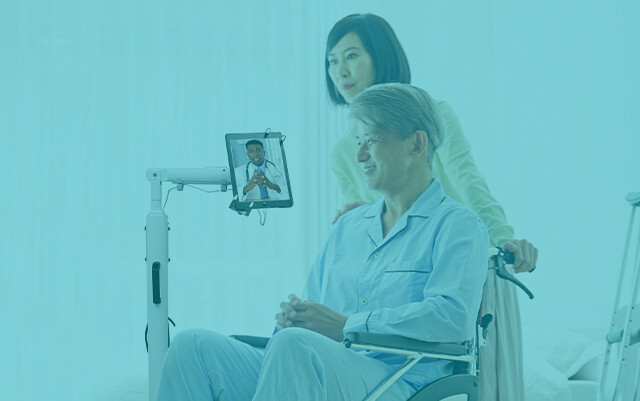How the Right Equipment Offsets Your Labor Shortage
By Paul Smith, CEO – First Products, Inc. on Sep 30th 2025
Doing more with less has become the new workflow when it comes to staffing healthcare facilities. They urgently need solutions that can help them do more with limited human resources.
Advanced technologies like telemedicine have provided ways to more efficiently deliver patient care while prioritizing staff utilization. Here’s how these tools are making an impact.

Telemedicine Carts: Bringing Expertise to the Bedside
A recent remote patient monitoring program at the University of Pittsburgh reported a 76% reduction in hospital re-admissions, with patient satisfaction score above 90%. This demonstrates how digital engagement can ease provider burden.
Telemedicine carts support patient care and enable remote consultations and examinations by equipping care teams with high-definition cameras, speakers, and screens for real-time collaboration. Some advanced systems even enable doctors and specialists to guide procedures remotely, supporting local teams with real-time input and visualization tools.
Additional benefits include:
- Expanded Access to Specialists: Patients in rural or underserved areas can now receive expert care without the need for travel.
- Efficient Use of Staff Resources: Specialists can consult on multiple cases across different locations, maximizing their impact and the number of patients they can see in any given time period.
- Reduced Risk of Infection: By minimizing unnecessary physical contact, these carts help protect both patients and healthcare workers.
- Lower Cost Per Visit. According to Health Recovery Solutions, telehealth visits cost about $40–$50 per appointment compared to $136–$176 for in-person acute care visits. These savings are immense and add up quickly over time.

Telesitting Carts: Enhancing Patient Monitoring
Telesitting carts help address staffing shortages by providing continuous remote monitoring of patients who require close observation. They offer several advantages:
- 24/7 Monitoring and Immediate Response: A single staff member can monitor many patients simultaneously and respond via two-way video and audio, increasing efficiency.
- Cost-Effective: They reduce the need for one-on-one patient sitters, allowing staff to be allocated to other critical tasks.
- Patient Risks Averted: Patients with a high likelihood of falling or other physical injury, or with cognitive impairments, can be monitored where they are without requiring them to move. This helps them stay safer and healthier.

Enabling Telehealth Solutions in Hospitals
As the above examples show, new remote care technologies can provide cost-effective options for understaffed facilities. To realize the full value of these tools, providers must integrate them into daily workflows and ensure they’re accessible and intuitive for staff and patients alike.
To do that, providers should focus on a few key areas:
- Versatile Telemedicine Carts: Just as in remote areas outside a clinic or hospital, carts that can be easily moved between patient rooms and departments can be a big plus.
- Ergonomics. A November 2024 study from the University of South Florida showed that general ergonomic improvements can increase productivity by up to 25%. Carts can be built and configured to give caregivers the tools they need and help them feel comfortable while using them.
- High-Quality Audio-Visual Equipment: This ensures clear communication between patients and healthcare providers wherever they are.
- Secure Data Transmission: This protects patient privacy and ensures compliance with healthcare regulations.
- User-Friendly Interfaces: Both staff and patients need tools that are easy and intuitive to operate. Tools and interfaces also can be customized exactly to needs and demands related to the locations they’re being used in.
As we look to the future, it's clear that a leading solution to staffing shortages lies in a hybrid approach: combining the irreplaceable human touch of healthcare professionals with the efficiency and reach of technology. With leading technologies like telemedicine and telesitting carts, providers can see more patients and provide better care with less time, cost and physical effort. These technologies lay the groundwork for a more resilient healthcare system – one that is easier to scale, adapt, and evolve as new innovations emerge.
Paul Smith is the CEO of First Products. For more information about the company and its products, visit www.firstproducts.com.
